1876
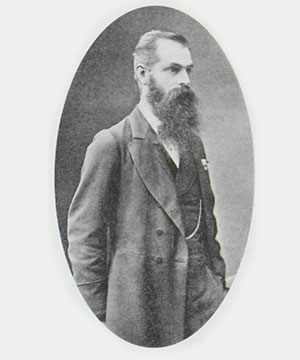
Professor HM Andrew MA, third Headmaster of the College, served from 1876 to 1881.
Henry Andrew was a brilliant, intense and at times controversial headmaster. Andrew was demanding and did ‘not spare the rod’ in directing his charges.
The prefect system
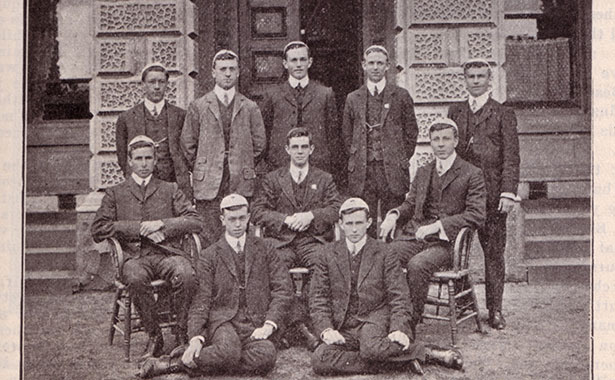
The prefect system was introduced.
1877
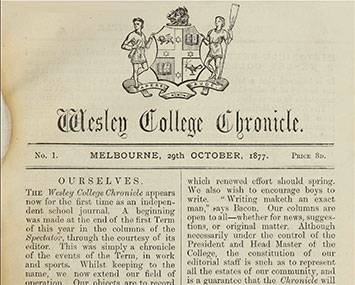
The College crest was revealed in the first edition of the Wesley College Chronicle, published in October 1877.
The Wesley College Chronicle has been published every year since 1877. The crest was conceived by Frank Goldstraw when he was still a master (Goldstraw became Headmaster in 1893).
The crest acknowledges the Southern Cross in the cross quarters of the shield and visually interprets the Wesley College motto. The lion passant, or standing, in the first quarter symbolises the courage, vigilance and readiness to act of the daring in pursuit of wisdom; the books in the second and third quarters symbolise the wisdom to be gained from learning; and the lamp in the fourth quarter symbolises the light of wisdom.
1878
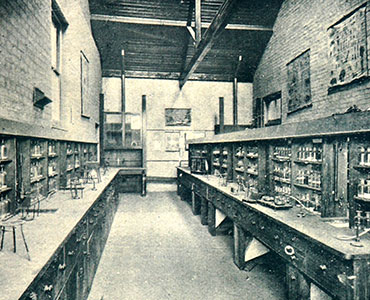
The chemical laboratory was built and placed under the charge of an experienced analytical chemist.
1882
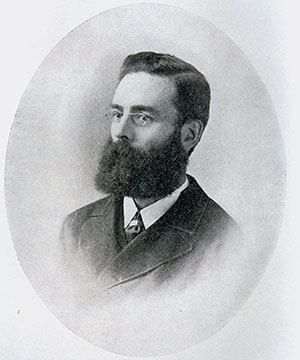
Arthur S Way MA, fourth Headmaster, served from 1882 to 1892.
Arthur Way came to Melbourne in September 1881 to take up his appointment as Headmaster of Wesley in 1882, serving until 1892. Way is spoken of affectionately by those who knew him well, but his time at Wesley was not always happy. According to The History of Wesley College 1865-1919, ‘Mr Way wanted to teach Greek and Latin; the parents – particularly the fathers – thought dead languages useless, and cried out for commerce. Mr Way wanted to get the boys to start at the school as early as possible, so that they could benefit from a progression and consistency in their studies; the fathers preferred to keep them, free of charge, at the state schools as long as possible, with a finishing touch at a public school.’
Old Boys’ Society
The first Old Boys’ Society – later named the Old Wesley Collegians’ Association – was formed on 2 June 1882.
Sweyn Lemme (OW1875) was virtually the founder of the Old Wesley Collegians Association, for although the institution was established in 1882, through lack of interest it had lain dormant for 10 years until a circular bearing his signature was issued in 1895, which had the effect of reviving the Society. Under Lemme’s guidance as the Hon Secretary the association was reorganised and has enjoyed a prosperous career ever since.
1884
Second President of the College Rev EI Watkin DD, served from 1884 to 1890.
Scholarships at Wesley College
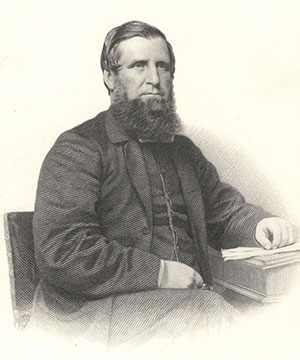
A number of scholarships were created to commemorate individuals who played a key role in the early decades of the College. The Waugh Scholarship was created in memory of the first President of the College, the Rev Dr J S Waugh. The James Corrigan Scholarship was created in memory of the Headmaster of the College, and the Eggleston Scholarship was created in memory of the Rev John Eggleston who was secretary of the College Committee.
1889
Form captains were instituted to be school community leaders responsible for and an example to younger students.
1890
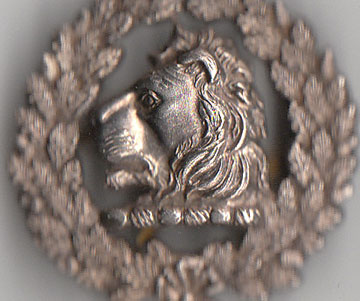
The first Triple Colours in sport were awarded to SJ Donahoo.
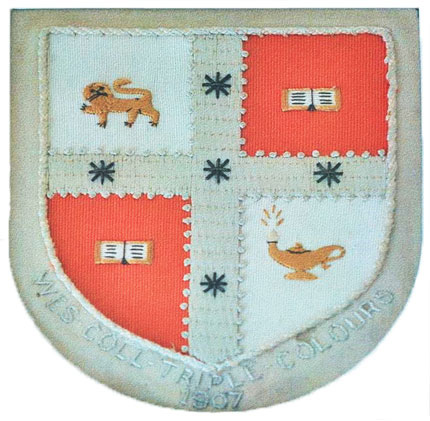
The Athletic Code was introduced.
1891
Scholarships
The Watkin, Rigg and Dare Scholarships were introduced.
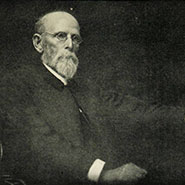 The Watkin Scholarship was created in honour of Reverend EI Watkin DD, President of the College from 1884 to 1890.
The Watkin Scholarship was created in honour of Reverend EI Watkin DD, President of the College from 1884 to 1890.
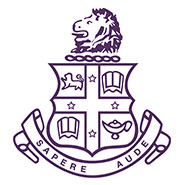 The Rigg Scholarship was created in honour of the Rev Alfred Rigg, President of the Wesleyan Conference and Honorary President of the College in 1891.
The Rigg Scholarship was created in honour of the Rev Alfred Rigg, President of the Wesleyan Conference and Honorary President of the College in 1891.
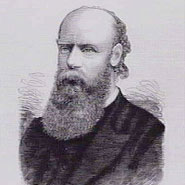 The Dare Scholarship was created in honour of the Rev Joseph Dare DD, eminent minister of the Wesleyan Methodist Church in Victoria.
The Dare Scholarship was created in honour of the Rev Joseph Dare DD, eminent minister of the Wesleyan Methodist Church in Victoria.
1893
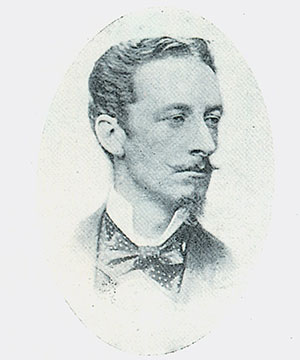
Frank Goldstraw MA, fifth Headmaster of the College, served from 1893 to 1895.
Frank Goldstraw loved Wesley College and served as a master and then as Headmaster. He was an extremely talented artist. His tenure as Headmaster coincided with the economic crash in Victoria when College enrolments plummeted.
Wesley College Song Book
The first edition of the Wesley College Song Book – with seven songs – was published.
The Wesley College Song Book was first published in 1893. Since then there have been 14 editions. Singing continues to be part of College tradition and each student and staff member receives a copy of the Song Book on first entry to the College.
1894 - 1895
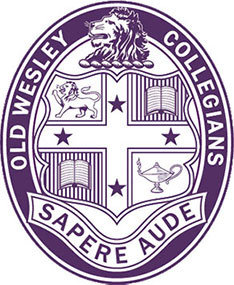
After 12 years of non-operation, a meeting of 100 former students made the decision to reconstitute the Old Wesley Collegians' Association (OWCA).
The Old Wesley Collegians' Association (OWCA, originally called the Old Boys’ Society) was founded in 1882 when a group of young students decided to form a society to which all former students would be members. The chief objective of the society was to hold ‘social gatherings of its members and foster the interest of Collegians’. This youthful enthusiasm lasted for just two years. A hiatus of 12 years followed until 1895 when a meeting of 100 former students decided to form the OWCA.
Since that date the OWCA has maintained an unbroken link with the school. The present constitution of the OWCA states , ‘the objects of the Association shall be to promote the welfare of Wesley College and to unite former Wesley Collegians for that purpose’.
1895
As the impact of the recession hit, enrolments reached a low mark of 93.
The Panic of 1893 produced a ripple effect that, combined with drought and poor harvest, depressed the local economy.
1896
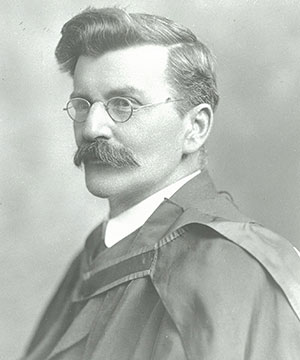 Arthur R Stephenson MA, sixth Headmaster of Wesley College, served from 1896 to 1897.
Arthur R Stephenson MA, sixth Headmaster of Wesley College, served from 1896 to 1897.
Arthur Stephenson's tenure was short as he grappled with falling enrolments in the aftermath of the banking crisis of 1891 to 1893. By July 1896 there were only 74 pupils enrolled and a sub-committee was appointed to consider the future of the College.
1898
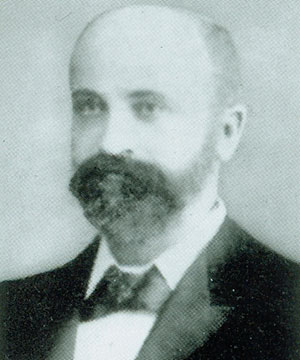 Thomas Palmer MA LLB , seventh Headmaster of the College, served from 1898 to 1901.
Thomas Palmer MA LLB , seventh Headmaster of the College, served from 1898 to 1901.
Hardly an image of Palmer survives in the school archives. His management of the College and its funds was the subject of some conjecture and debate.
1899
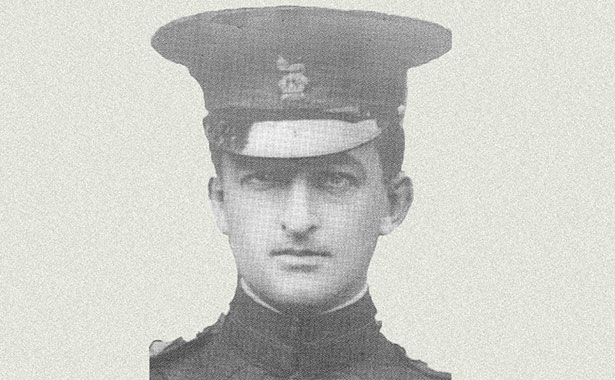
Twenty-nine Old Wesleyans enlisted and all returned home after serving in the South African (Boer) War between 1899 and 1901.
